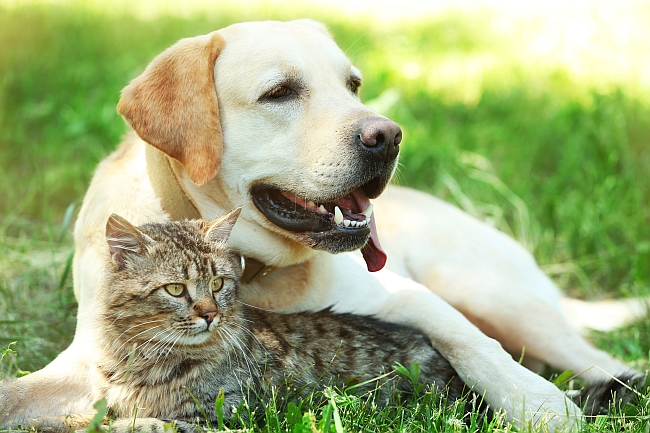
Adopting a new pet is an exciting venture, but one that can also be more expensive than people realize. All the pet care items aside, there are several aspects of owning a pet that people do not take into consideration when budgeting for a new animal. However, one benefit of having a dog or a cat is that you do not end up spending money on elaborate cages and sod that rabbits, gerbils, or guinea pigs need. You won’t be constantly replacing wood chips, or cleaning poop off your parakeet’s cage. Though many people automatically assume smaller pets are less hassle and less money than larger pets, that may not always be the case! Bedding for a hamster can be up to $400 a year, while kitty litter is roughly $150! Bearing that in mind, consider some of the below expenses of owning a cat or dog that often get overlooked.
Unexpected Expenses
Pet training sessions. While not every cat will need to enroll in a training course, most dogs should. Initial obedience training can be taught by the dog owner, but the response time tends to be quicker if there is a professional pet trainer on dock. Not only will you have to pay for a trainer, but anytime you go out of town or have to take a business trip, get ready to hire a pet-sitter or pay for doggy day care or pet hotels.
Replacing household items: Accidents happen, and so does teething! If you do not carefully monitor the items your cat or dog has access to, then you might find yourself having to toss those brand new Sperry shoes, because of the puppy slobber and tooth marks. Your cashmere throw rug with the tassels could also become the next object of playtime bliss for your kitty, so be careful to keep the expensive things out of reach, and the right toys easily accessible. Your pet will take some time learning the correct things to play with, but until that time, you might find yourself replacing very expensive goods.
Insurance and Housing Cost Increase: Unless you are the homeowner, there may also be an additional cost for pet ownership. Most apartments will bump up the cost of rent if they know you have a dog or cat living with you. In addition to these extra bills, you may need to take out insurance for your dog, especially if it is an aggressive breed like a Pit Bull or a Doberman Pinscher, if your landlord requires it. In shared living spaces, it is not uncommon to require insurance on high-risk breeds.
Unexpected trips to the vet. Curiosity doesn’t always kill the cat, but it certainly can get them into sticky situations. Both cats and dogs can get stuck or pinched in small spaces, that either require your physical help, or financial support to help mend any scrapes, or injuries they may have gotten in the process of exploration. Dogs similarly may follow their noses or stomachs into the oddest of places. If your cat ever successfully sneaks outdoors, or won’t stop pestering your pet Bulldog, or is just a natural explorer who can’t resist trying to land on the chandelier in your kitchen, chances are you will need to calculate for several unplanned trips to the vet.
Undiagnosed diseases. When most of us drive home with our new pet, troubling diseases are often the furthest things on our minds. Some illnesses do not manifest for years to come, and a once perfectly healthy pet might turn out to be one with chronic health issues that it is YOUR responsibility to care for. In old age especially, cats and dogs can develop diabetes, cancer, arthritis, kidney disease or a host of dental problems. Don’t force your cat or dog to suffer unaided, so put a little savings away for any medical bills you might have to settle in the future.

